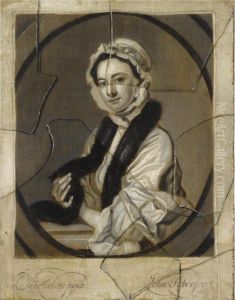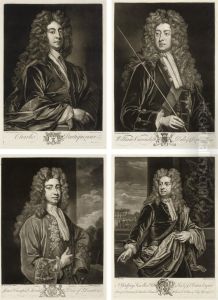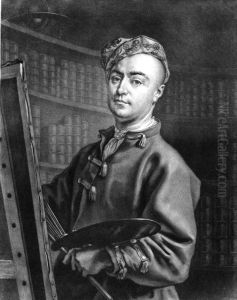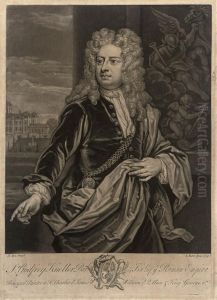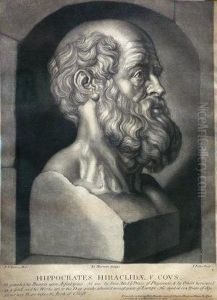John Ii Faber Paintings
John Faber Jr., also known as John II Faber, was a Dutch engraver active in England during the first half of the 18th century. Born around 1695, he was the son of John Faber Sr., also an engraver. The Faber family moved to England when John II was still a child, and it was here that he would develop his career and reputation.
John Faber Jr. became best known for his mezzotint engravings, a printmaking process that allowed for the creation of images with soft gradations of tone. This made the medium particularly suitable for reproducing the tonal subtleties of paintings. Faber capitalized on the growing demand for such reproductions among the English middle class, who were eager to decorate their homes with affordable copies of artworks.
He established himself in London and built a successful practice by creating mezzotints after the works of contemporary portrait painters. Faber Jr. collaborated with prominent artists of the time, including Godfrey Kneller and Jonathan Richardson. His engravings helped to disseminate the likenesses of notable individuals, including members of the British aristocracy, scholars, and politicians.
Faber's contribution to the arts also encompasses his role in the promotion and distribution of contemporary portraiture. He contributed to the popularization of subjects such as the members of the Kit-Cat Club, a leading political and literary association of the early 18th century. His prints are characterized by a rich, painterly quality and were often praised for their likeness to the original paintings.
John II Faber's career thrived through his adept skill in translating the essence of these paintings into prints that retained a sense of depth and texture. His work remains an essential reference for the study of British portraiture of the period. Faber continued to work in London until his death in 1756. Today, his prints can be found in various art collections, including those of major museums, and they provide valuable insight into the cultural and artistic milieu of 18th-century England.
